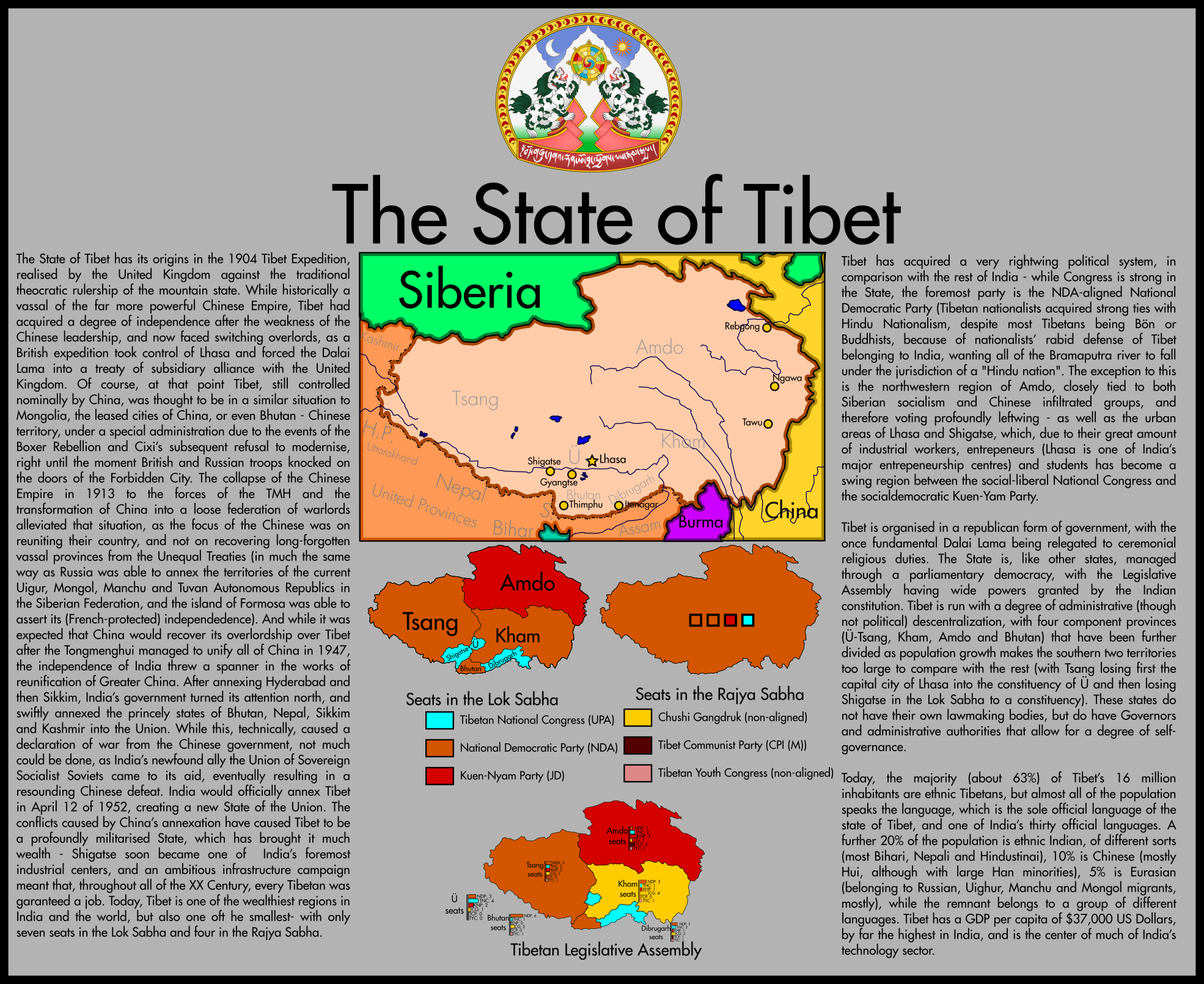Kaiphranos
Donor
MotF 174: Another Star On The Flag
The Challenge
Make a map showing a state, province or other subnational region that does not exist in OTL.
The Restrictions
There are no restrictions on when the PoD of your map should be. Fantasy, sci-fi, and future maps are allowed.
If you're not sure whether your idea meets the criteria of this challenge, please feel free to PM me or comment in the main thread.
---
Entries will end for this round when the voting thread is posted on Sunday, April 22nd, 2018.
---
ALL DISCUSSION ON THE CONTEST OR ITS ENTRIES MUST TAKE PLACE IN THE MAIN THREAD. PLEASE.
Any discussion must take place in the main thread. If you post anything other than a map entry (or a description accompanying a map entry) in this thread then you will be asked to delete the post.
Remember to vote on the previous MotF round!
The Challenge
Make a map showing a state, province or other subnational region that does not exist in OTL.
The Restrictions
There are no restrictions on when the PoD of your map should be. Fantasy, sci-fi, and future maps are allowed.
If you're not sure whether your idea meets the criteria of this challenge, please feel free to PM me or comment in the main thread.
---
Entries will end for this round when the voting thread is posted on Sunday, April 22nd, 2018.
---
ALL DISCUSSION ON THE CONTEST OR ITS ENTRIES MUST TAKE PLACE IN THE MAIN THREAD. PLEASE.
Any discussion must take place in the main thread. If you post anything other than a map entry (or a description accompanying a map entry) in this thread then you will be asked to delete the post.
Remember to vote on the previous MotF round!





